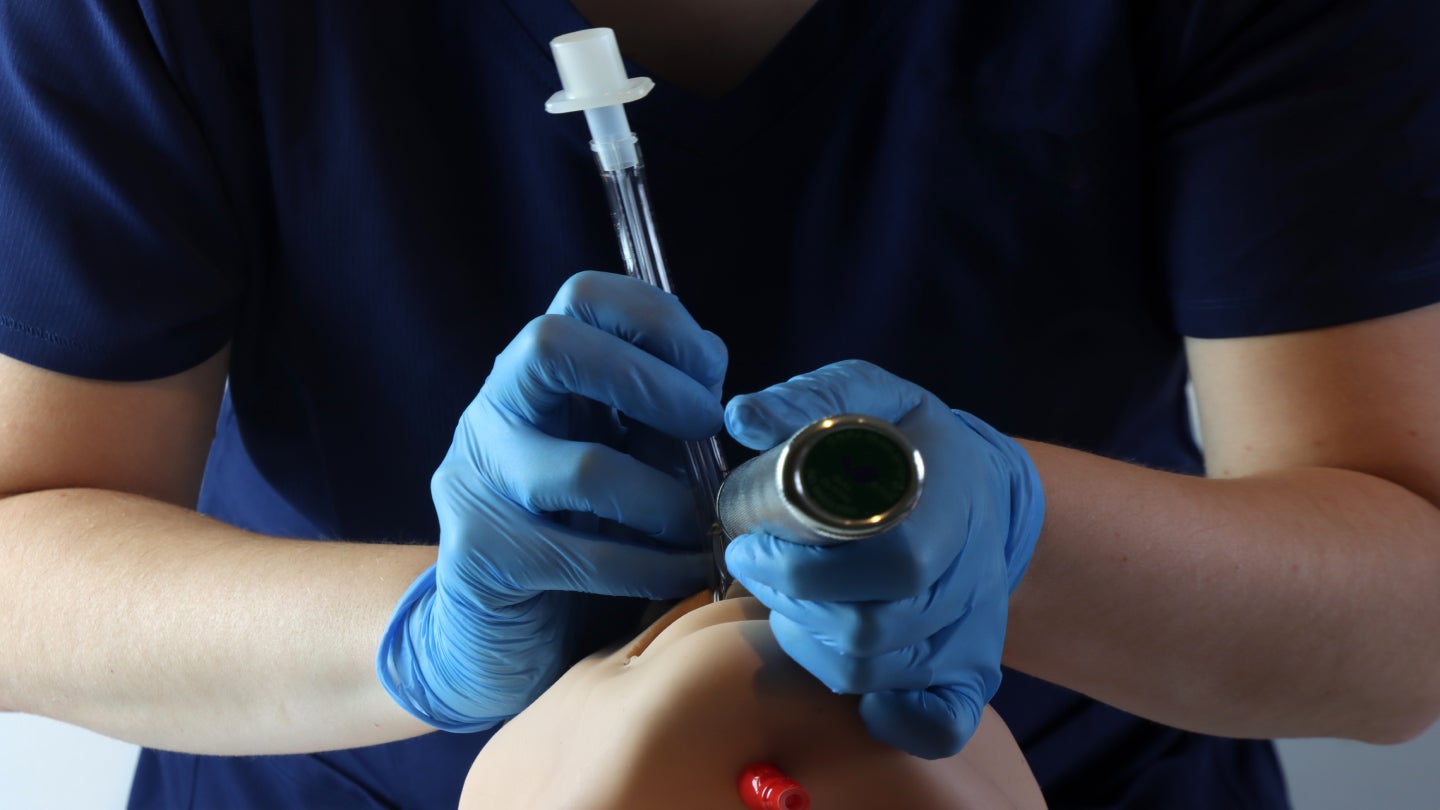
The University of Nottingham has been awarded £1m ($1.2m) to launch clinical trials investigating an optical fibre sensor-equipped endotracheal tube that is designed to prevent pressure injuries to the airway.
The UK university secured a grant from the Medical Research Council for the device named iTraXS, an endotracheal tube (ETT) that uses sensors to determine the right amount of pressure and prevent complications.
The funding follows research published by the UK’s British Medical Journal (BMJ) that found that Ventilator-associated pneumonia (VAP) affects up to 20% of patients admitted to intensive care units, increasing the likelihood of mortality.
Now, researchers at the university say they are preparing to conduct the first clinical evaluation of 40 adult participants undergoing planned surgery next year.
Professor Steve Morgan, professor of biomedical engineering at Nottingham University, said: “Currently, there’s no medical device on the market that can safely and accurately measure and monitor the contact pressure of the cuff and the blood flow in the tracheal lining.
“iTraXS aims to solve this real-world challenge by preventing pressure injuries to the airway and assisting with monitoring these vital signs.”
How well do you really know your competitors?
Access the most comprehensive Company Profiles on the market, powered by GlobalData. Save hours of research. Gain competitive edge.

Thank you!
Your download email will arrive shortly
Not ready to buy yet? Download a free sample
We are confident about the unique quality of our Company Profiles. However, we want you to make the most beneficial decision for your business, so we offer a free sample that you can download by submitting the below form
By GlobalDataThe device was designed alongside P3 Medical Ltd, a UK manufacturer of ETT’s, as well as Nottingham University Hospitals NHS Trust and the Derby Clinical Trials Support Unit.
David Hewson, professor of anaesthesia and perioperative medicine at the university, added: “There is a plethora of advantages to introducing technology like this. Not only will it aid those already in hospital, but it could also help when it comes to pre-hospital conditions.
“For example, it could remove the need for other devices such as oxygen saturation monitors attached to the finger, which can be inconvenient when travelling in an ambulance as well as inaccurate if a patient has low blood pressure.”
A report published by GlobalData in July of this year found that there are 26 ETT devices in various stages of development globally. Of those devices, 12 were in active development and 14 were inactive.
Dr Andrew Norris, honorary associate professor at the University, said: “This project has been a collaborative effort since we received the initial NIHR funding in 2014.
“Now we’re at the point of beginning to coordinate in-person trials, we’re engaging with key opinion leaders to amplify our research. Once the trial is complete, we aim to get the tube CE-marked so that it can be brought to market in the near future.”







